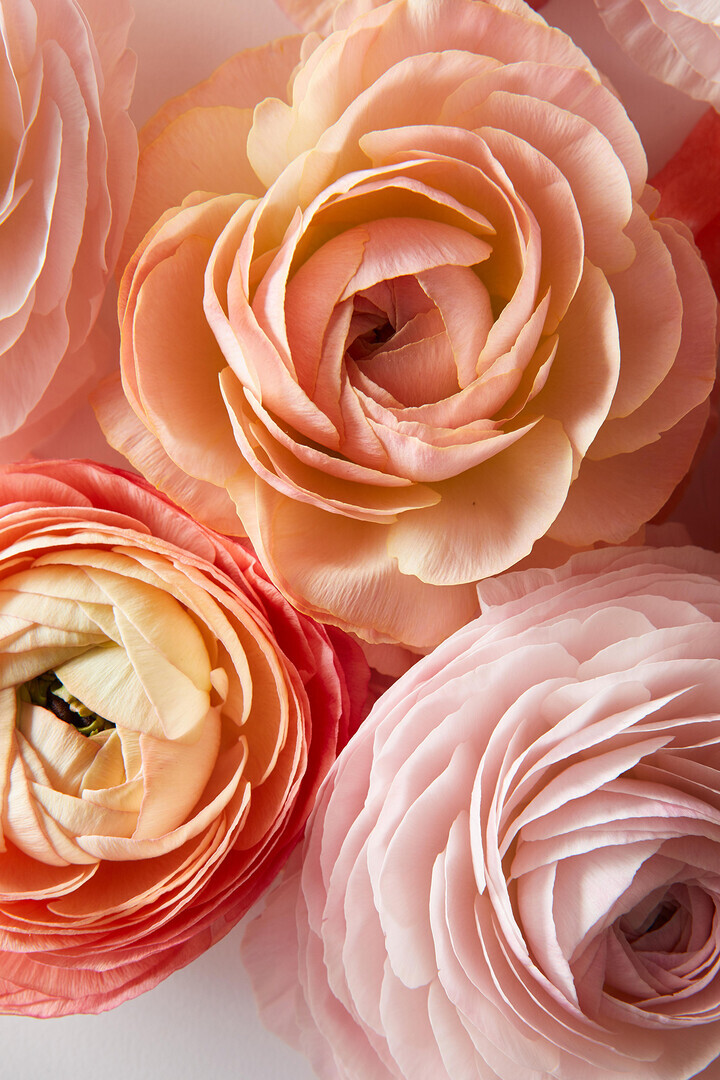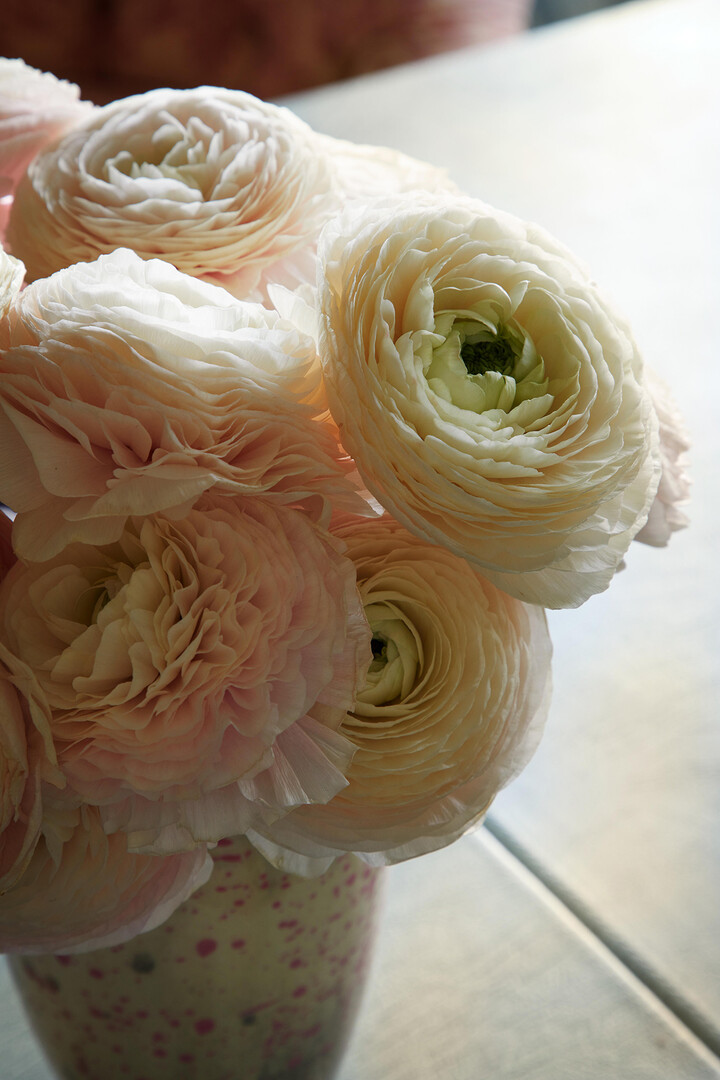When you’re looking for beautiful blooms, it’s easy to turn to the beloved peony, however, you could choose a ranunculus—a smaller, more compact plant that gives you the full blooms you love and doesn't attract ants. When planting ranunculus in your garden, the bulbs should be planted in the fall with your tulips and daffodils so they sprout up strong in the spring.
There are more than 600 varieties of this bulb that come in shades of yellow, pink, red and white. A crowd favorite, especially when selecting wedding flowers, these flowers carry meaning and history that you wouldn’t expect. Here’s what you need to know about those gorgeous bulbs in your garden.
1. Ranunculus are Common Wedding Flowers
The soft and delicate petals are romantic and full, making them the ideal flowers to fill in a bridal bouquet. According to a study, each Ranunculus repens var. pleniflorus flower has between 100 and 130 petals—now that's a big bloom! They’re also all-star cut flowers—they last up to seven days in a vase without any plant food or special care. Ranunculus blooms come in both pastels and brights so they will fit in any wedding's color palette.

2. Its Name Means 'Little Frog'
The name of this flower is a combination of two Latin words. Rana means ‘frog’ and unculus means ‘little.’ These bulbs were first found blooming in Southwestern Asia. It is believed that its name came from where it grew naturally—along streams in the spring with the little frogs.

3. Send Ranunculus to Show Your Admiration
These blooms are a symbol of charm and attractiveness, which was especially prevalent in the Victorian era—they would send ranunculus to those they admired. Ranunculus are a great choice for Mother’s Day, anniversaries, or a day when you need a little self-love.

4. Buttercups Reflect UV Light
Many of us played the game as kids where you held a buttercup under your chin to see if it made your chin glow yellow—if it did, that meant you liked butter. Even though the result has nothing to do with your butter preferences, the color under your chin isn’t just an optical illusion—the petals do actually glow. The petals have mirror flat cells that bounce back light. They will reflect UV light which helps attract bees and looks vibrantly yellow from any angle.
These delicate spring bulbs are more than just a filler flower. They have history, symbolism, and glowing ability. Send a bouquet to those you love to remind them how much you admire them—they'll love seeing the cheery flowers in a vase for up to one week!